The word is slowly getting out to guardians of new puppies how vitally crucial socialization is to a puppy’s behavioral well-being. People are becoming more aware of the need to get their puppies into classes and/or well-socialized before the age of 12 weeks. The scope of socialization that puppies need is quite broad, much broader than might be expected.
One area of socialization that deserves more attention is something that we call “body handling:” that is, touching and manipulating various body parts for veterinary, grooming, or social purposes. Puppies are not born with an innate love of being touched on every single spot on their body. In fact, they may often respond to being handled or picked up by quickly turning their mouth toward the handler’s hand. This type of response is so prevalent that it is sometimes misconstrued as playful, rather than a sign of discomfort. When the early signs of discomfort are misread or ignored, a pup then might learn that the only way to get their human to listen is to growl, snap or bite.
If you’ve just brought a new puppy home, body handling should be near the top of your list of experiences to give your puppy. It can be done at home, takes just 10-15 minutes of dedication a day, and is fun! A pup who has learned to easily allow his teeth to be brushed, nails to be trimmed, ears inspected and cleaned, is one who will be much less stressed at the veterinarian’s office (and the staff there will thank you for the time you put into this, as they can then focus on giving your dog quality medical care).
Baby puppy, Cache, at the vet’s office. Credit: Saundra Clow of Alpine Dogs in Whistler, BC, Canada.
So how does one go about teaching Bailey to enjoy body handling? One recommendation you’ll probably like is: spend more time cuddling your puppy! When you do, make a mental note of your pup’s reaction. Is she melting into your arms in bliss, or squirming to get away? If the latter, then dial down the intensity by using a softer touch, or pairing the touch with treats. When she shows that she is now enjoying this touch, you can then increase the vigor and enthusiasm behind your cuddling.
Keep in mind that puppies are typically quite sensitive in certain areas of their bodies and these areas need more slow, methodical attention to help the pup to become more comfortable. The usual suspects include the pup’s head and face (especially ears, eyes and mouth), paws, tail, and sometimes their belly. If your pup shows sensitivity when touched in any of these areas, begin by gently placing your hand on a nearby neutral area and work your way toward the sensitive spot. For example, if Spike doesn’t like having his paws touched, start by gently massaging his shoulder area until his eyes are soft and squinty and his body turns to melty mush. Slowly work your way down to his elbows, then his foreleg, then, finally, his paw. Talking softly and sweetly, and giving treats during this process, can help Spike to learn how enjoyable and pleasant this experience is!
Slow is the new fast here. The more willing you are to take it at your puppy’s pace, ensuring your puppy is comfortable and loves everything you are doing to him, the less work you’ll need to do in the long run when he’s an adult.
Body handling is one of the behavioral challenges that takes much longer to resolve once your puppy has matured into an adult dog. It helps to address any emerging issues as early as possible. If the problem seems more serious, seek the help of a private trainer who will use ethically humane, positive reinforcement methods. Being able to brush Rosie’s teeth, trim her nails, give a bath and groom her coat will enable you to keep her healthy and clean throughout her lifetime. At any point it is also possible that you may need to extract burrs or other foreign matter from her coat, apply eye or ear drops or give liquid medications via a syringe. All these things will be made easier by spending just 10-15 minutes a day actively cuddling with your puppy and teaching her that having her toes manipulated is the best thing ever. With the mud season coming up, you will be glad to have a dog whose muddy paws you can easily wipe!
A version of this ‘blog was published in the quarterly magazine 4 Legs & a Tail, Northern VT & New Hampshire edition, March 3, 2019.

